 denizbayram/Getty Images; SEAN GLADWELL/Getty Images
denizbayram/Getty Images; SEAN GLADWELL/Getty Images One morning during Pesach, I sat down with a cup of coffee and began to read the news. I started with one article about the Columbia University protests and then read another about West Bank violence. By the time I finished the articles I was so furious I had to leave the house and take a walk.
As these articles demonstrated, the legacy media continue to treat “pro-Palestinian” protesters with kid gloves, while depicting Israel as the bully terrorizing the neighborhood. You might shrug and ask, why should these news articles be different from any other news articles?
I wasn’t reading The New York Times, Washington Post, Los Angeles Times, CNN.com, or similar outlets where such coverage is expected. These were in The Wall Street Journal, which most people assume is a conservative news outlet and therefore might be a little tougher on Hamas and its university fan clubs. While the WSJ’s editorials and commentary lean to the right, I’ve been dismayed that their reporters are part of the activist set, promoting an anti-Israel agenda.
Unless you are attuned to it, it’s easy to miss how language, headlines, and images are all carefully chosen in service to anti-Israel bias.
Unless you are attuned to it, it’s easy to miss how language, headlines, and images are all carefully chosen in service to anti-Israel bias. None of this is new. One of the first feature stories I ever reported in the early 1980s was about this same topic. With so much at stake now with Israel coverage, learning to recognize instances of bias and calling them out by sending emails to the news agencies may help stem the tide.
Here are a few examples of the bias I have seen in the WSJ that I have found especially galling.
1. An endless parade of photos of destruction in Gaza, often with Gazans sitting forlornly amid the rubble, or desperately trying to reach aid packages. But outside of the newspaper’s commentary section, almost no photos have shown the burned, shot up kibbutzim and their blood-soaked grounds, or mourning families burying soldiers or victims of the Hamas massacres. I’ve seen none of the terrified children huddling with their families in safe rooms as rockets fly overhead. Grief and loss seem to all be on one side. Also strangely missing: Any coverage of Hamas’ well documented role in stealing humanitarian aid packages and shooting or running over their own people who got in the way. No investigations of how Hamas parlayed billions of dollars in international aid into a terror network of tunnels and munitions, with seemingly nothing left to build an urban infrastructure.
2. Headlines such as “Netanyahu Won’t Bend on Hostage Deal” (WSJ, February 28), accompanied by a photograph of Israeli police in Tel Aviv clashing with protesters demanding new elections. This coverage fits the media narrative of divisiveness in Israel, while ignoring the extraordinary (and therefore newsworthy) examples of a stiff-necked society coming together in unprecedented ways. While this article did refer to Hamas’ demands to release thousands of prisoners in exchange for a few handfuls of hostages, it neglected to mention that many of these prisoners were convicted terrorists. Despite the outrageousness of their ever-changing demands, Hamas was never branded as the party that wouldn’t bend.
3. On March 11 the headline “Hamas Pins Survival Hopes on Ramadan” was accompanied by a photograph of Palestinians in Rafah peacefully bowing in prayer. Note the contrast: the Israelis were pictured in the Feb 28 story as volatile and angry; the Palestinians on March 11 were seen as the underdog, praying for their survival. Like nearly every other major media outlet (except for Fox News, which sometimes refers to Hamas as an Iranian-sponsored terror group), the WSJ calls Hamas members “militants,” despite the U.S. having designated it in 1997 as a foreign terror organization.
4. Repetition of the claim that tens of thousands of innocent Gazans have been killed by Israel, which is impossible to verify as it comes from the “Gaza Health Ministry” – otherwise known as Hamas. The same Hamas that accused Israel of destroying a Gaza hospital and killing hundreds, a lie instantly reported by a credulous media before having to backtrack.
5. The article about Columbia’s campus protests headlined, “At Columbia, Discontent Rises Over Handling of Protests,” was accompanied by a photo of a small sea of brand-new-looking tents and staff wearing reflective gear milling about. It looks so friendly, clean, and innocent. The article disgracefully ignored the hatred spewed by the protesters, many of whom have harassed, threatened, and in some cases assaulted Jewish students. Reporters wrote blandly about issues of “free speech,” failing to quote the protesters shouting, “The Seventh of October is going to be every day for you,” and “Long live the intifada.” This article was written by two experienced Journal reporters, with credit also given to five additional reporters. Odd that none of the seven managed to find these and other relevant bits of evidence that would have added context to this anodyne report. After all, we know how these universities love context.
6. Finally, the article I read titled “Military Struggles to Quell Rising West Bank Violence,” which made me assume the focus was on ongoing terror attacks throughout Israel carried out by West Bank Arabs against Jews. Among the most recent: an April 22 car-ramming attack in Jerusalem by three terrorists who injured three and exited the car with machine guns — which, thank God, jammed; and the murder of a 14-year-old Jewish shepherd.
Dozens of terror activities are carried out each week throughout Israel. According to the FernMusing Substack “War Day” post on April 21, a partial list of recent terrorist activity by West Bank Arabs included “shots fired in Efrat; shooting of a soldier in Binyamin; a terrorist with a knife at Magalim; car ramming in Haifa; another shepherd attacked by 15 terrorists; when IDF forces were called and arrived, they were also attacked … attempted terror attack near Hebron, attempted stabbing and shooting at Beit Enun. … Arson via Molotov cocktails hurled from vehicles in Benyamin. Israeli wounded in an explosion on Route 465 near El Muayir; Palestinians violently rioting in Nablus last night.”
But I was naïve. The article, written by Omar Abdel-Baqui, Fatima AbdulKarim and Anat Peled, opened like this: “As it battles on several fronts with its fiercest enemies, the Israeli military is pressured to address of its thorniest challenges: Jewish settlers in the West Bank and their violent attacks on Palestinians.” It focused on retaliatory violence against Palestinians by West Bank residents resulting from the disappearance of the shepherd, “who was later found dead.” Mysterious! Did the 14-year-old have a stroke? Did he OD on fentanyl? The teen had been murdered — stoned to death — which reporters chose not to mention. Nor did they offer him the dignity of printing his name: Benyamin Achimair. The reporters quote a U.N. statistic that Israeli forces have killed more than 435 Palestinians in the West Bank and East Jerusalem since Oct. 7, adding that Israel says that roughly 80% of them were armed. That statistic puts the number of killings into a very different perspective.
These examples of anti-Israel bias are just a drop in the bucket. As I wrote in my new memoir, “Bylines and Blessings,” media bias is so routine that it can be easily missed. It can also be subtle: who is quoted in an article, and from which organizations? Who goes on record with their quotes, and who requires anonymity? Which point of view gets more airtime or words? Who gets the last word? Which photos accompany the articles? Is something “alleged,” “claimed,” or stated as fact “according to” someone? Consider the subtle differences among those phrases.
Battling the media bias war by calling it out is one way we can be on the urgent front lines of standing up for truth in an upside down and dangerous world.
Judy Gruen is the author of “Bylines and Blessings,” “The Skeptic and the Rabbi,” and several other books. She is also a book editor and writing coach.







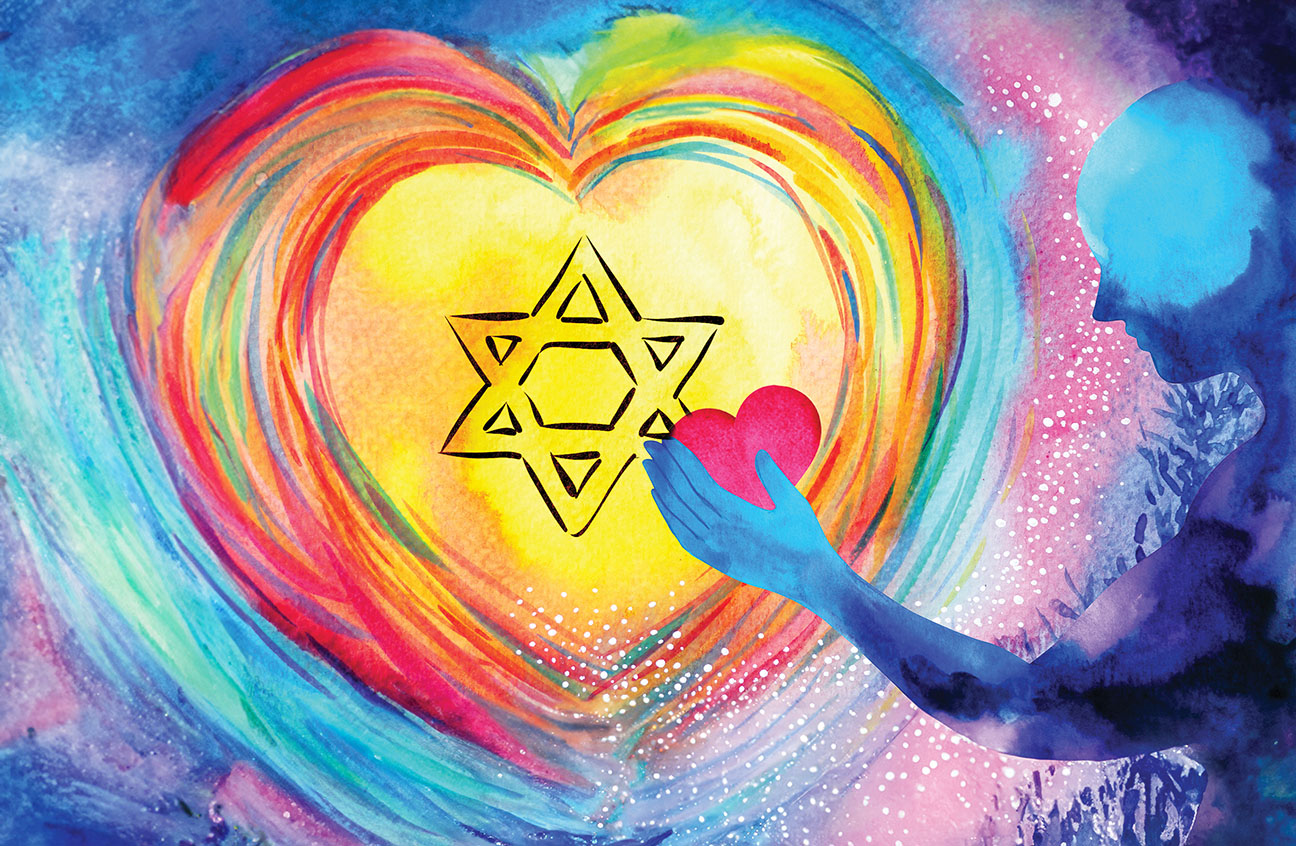
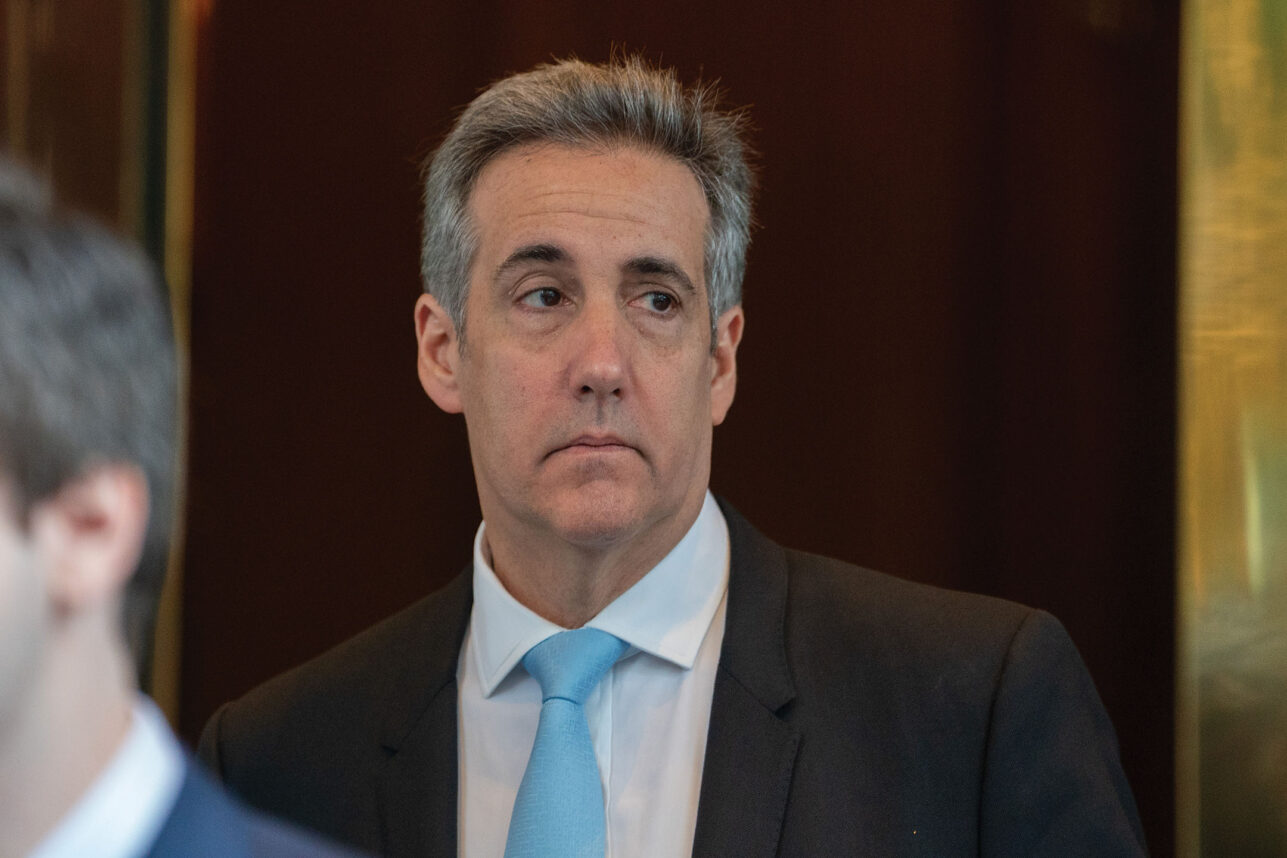
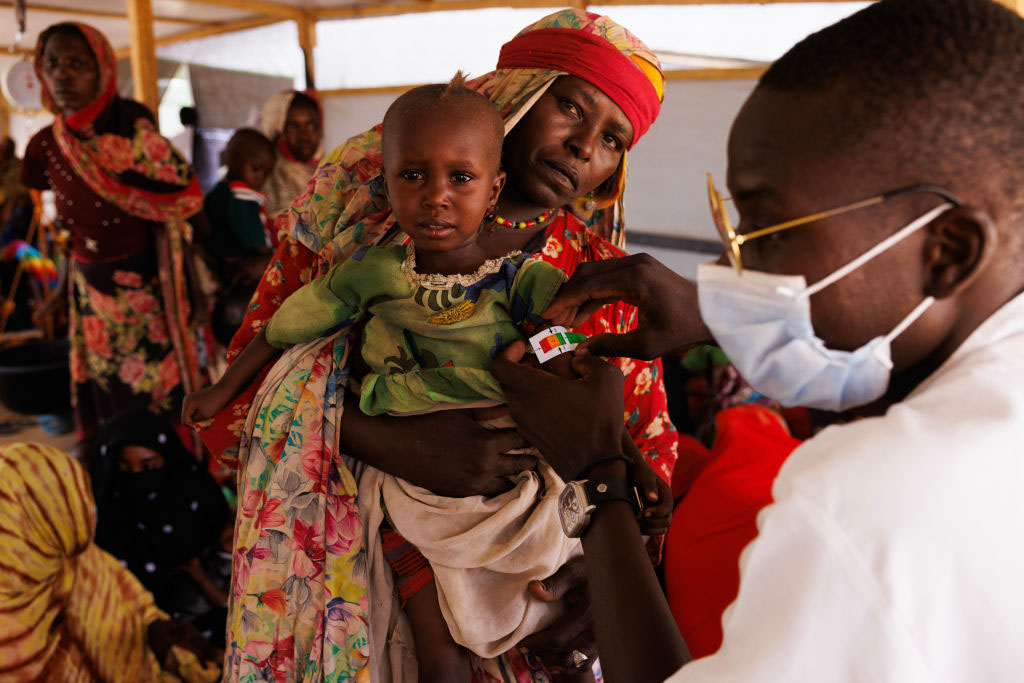


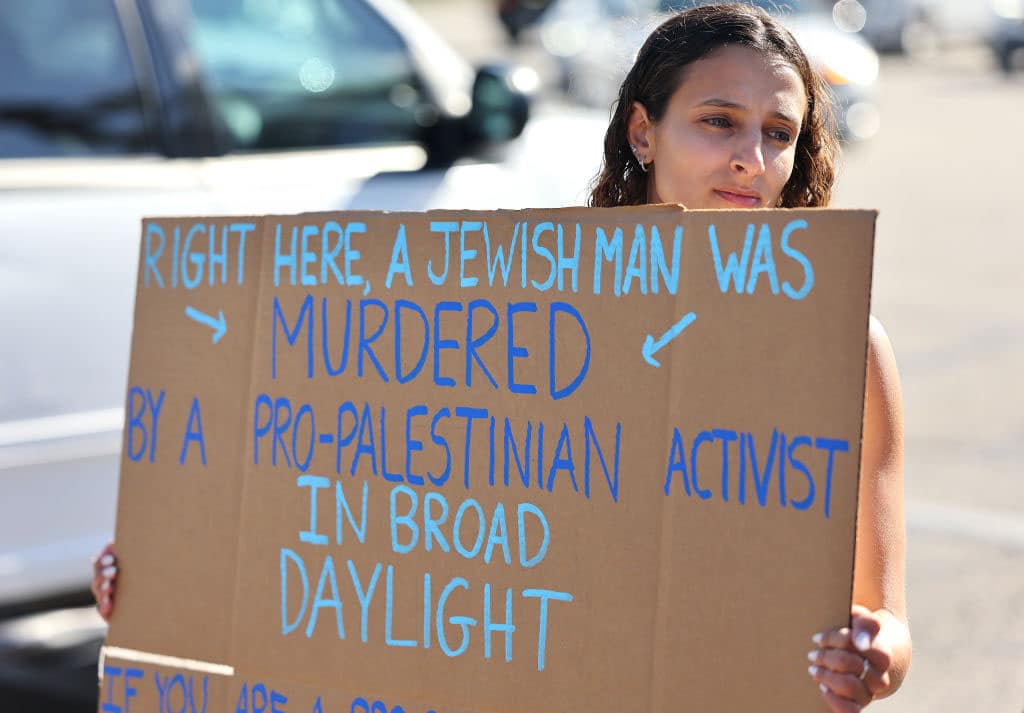



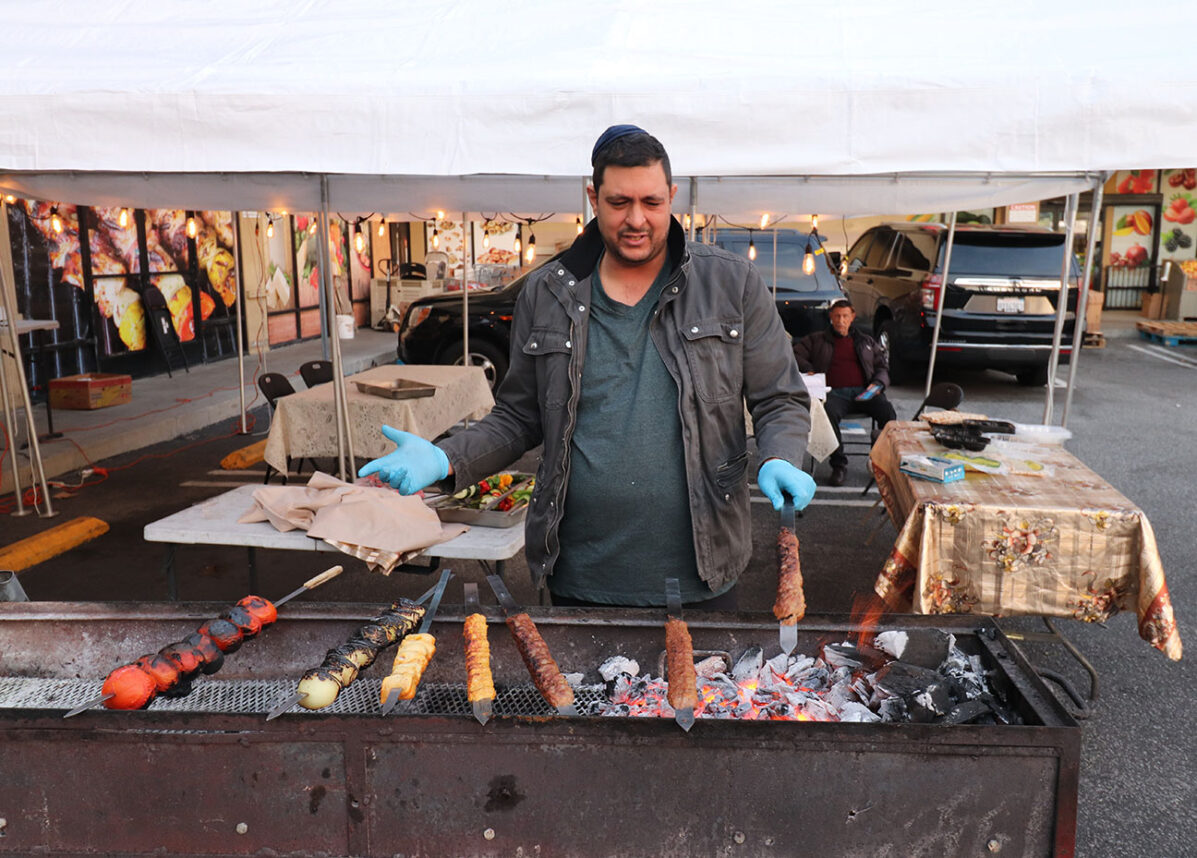
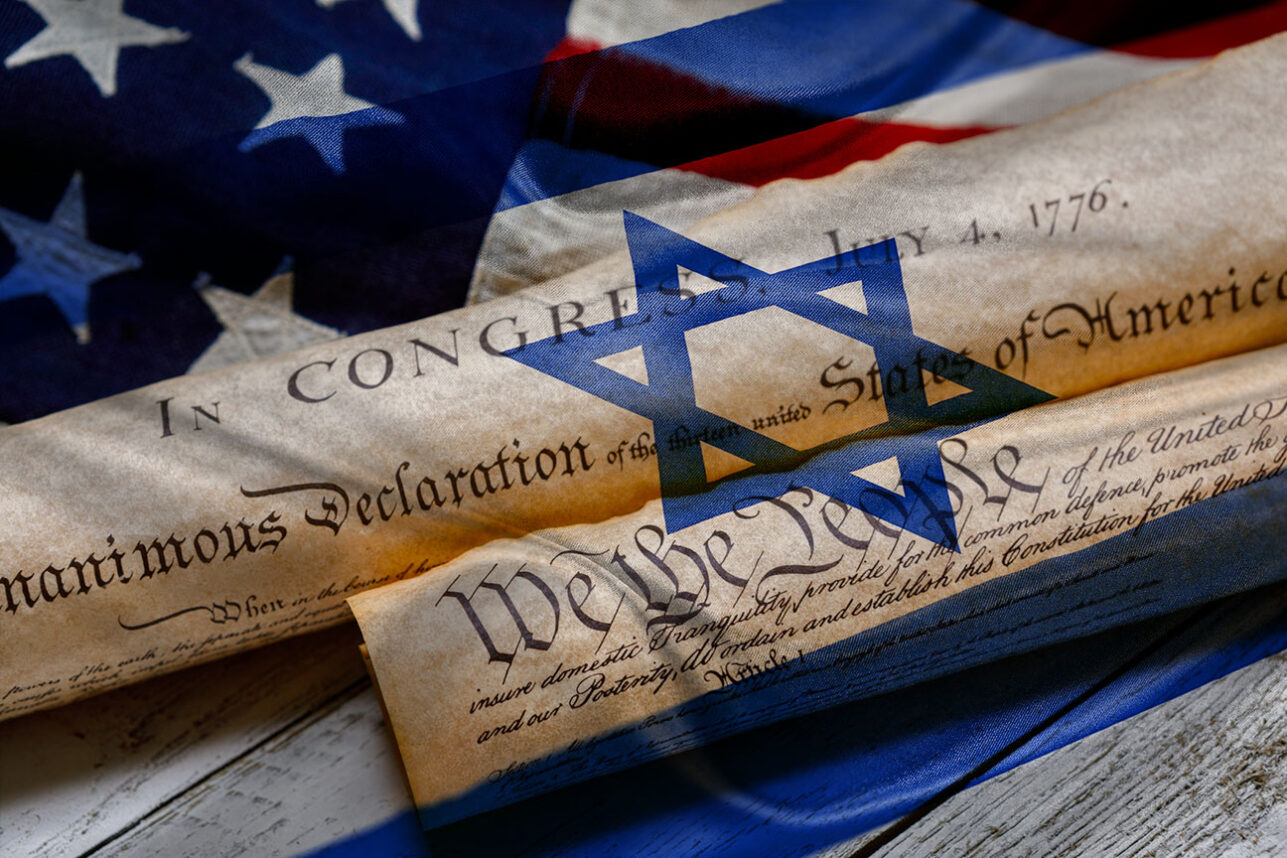





 More news and opinions than at a Shabbat dinner, right in your inbox.
More news and opinions than at a Shabbat dinner, right in your inbox.